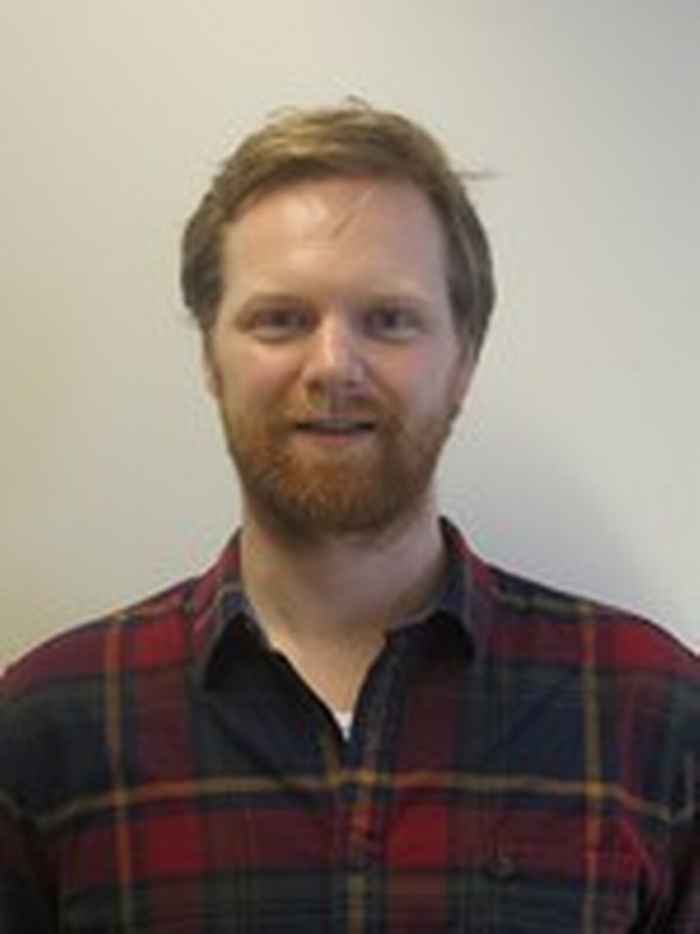10th anniversary ARCNL | Postdoctoral Fellow Dr. Hein Brookhuis
27 May 2024

This event of course calls for reflection, a task for which ARCNL has found historian of science Hein Brookhuis. Hein has been appointed by ARCNL partner University of Amsterdam (research group of Jeroen van Dongen and Vossius Center for the History of Humanities and Sciences) to write about ARCNL’s history and to put the organization in an historical perspective. His work is expected to take one year.
When asked about his plans, Hein says, “I will try to investigate the dynamics that shaped the development of ARCNL within the wider scientific landscape and Dutch science policy. For such a study, you don’t necessarily have to look back a long time. I find it interesting to research a relatively young organization, especially since my doctoral research these past four years was on the much older Belgian nuclear research center SCK CEN. But, a young organization will probably bring its own challenges, since people are still actively working at ARCNL and the establishment of a new institute is very much an interesting theme in itself.”
When ARCNL started in 2014 the organization was itself somewhat of an experiment. ARCNL was the first public private partnership bringing together researchers with one common goal and in one location as opposed to the more common virtual collaborations. Hein: “you can put the creation of ARCNL into the perspective of other relatively new ways to finance and enable collaboration in science, such as the Science Parks you now find in many cities.”
When asked if his work allows him to predict future processes Hein is quite cautious. He says, “at best I will be able to show the dynamics that play a role at ARCNL. People can then make their own predictions”, he laughs.